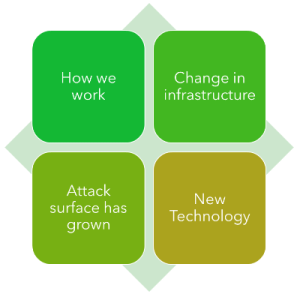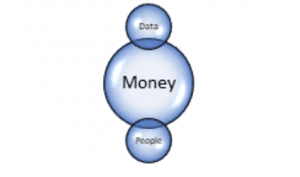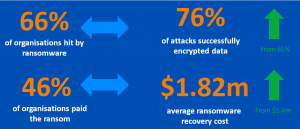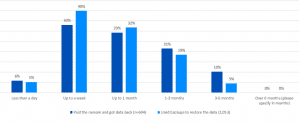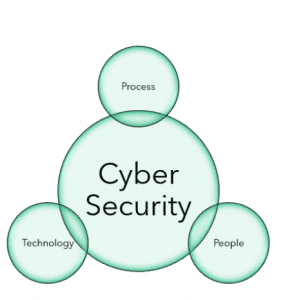The Northwest Tech Leaders Forum brings together a select group of industry experts and visionaries and provides a unique opportunity to delve into the key technology topics with global tech companies. The goal is to foster pragmatic discussions and offer valuable feedback, shaping the direction of the industry. With a history of successful technology leadership events, Gardner’s aims to regularly host these forums.
In this year’s first forum, our leaders were joined by Lenovo to discuss pressing IT issues, to share their strategy for addressing them and hear from our forum guests about the issues they are facing and whether Lenovo’s strategy can help.
Session Highlights
Sustainability: Nurturing a Greener Future
The session began with a focus on sustainability, where the prominence of Lenovo, a tech leader in this domain, became evident. Lenovo’s relentless innovation was evident in their commitment to using 75% recycled leather, recycled aluminum, and their journey towards net-zero emissions. Their dedication to sustainability extended to their global supply chain, making it easier for procurement to gauge their energy consumption. Notably, Lenovo had transitioned to plastic-free bamboo packaging that was easier to recycle, and they emphasized bulk packaging to minimize waste. Furthermore, it offers asset recovery services, facilitating the responsible disposal and recycling of equipment like printers and servers. They also provided a CO2 offset service, allowing customers to pay a levy for offsetting their carbon emissions. It also enabled customers to obtain a certificate from their website to highlight their commitment to sustainability.
During the discussion, it was highlighted the significance of baseline sustainability and the positive impact of Lenovo’s CO2 offset initiative. One of our leaders agree, saying “that while sustainability might increase costs, Lenovo had re-invested these costs to develop industry leadership” and “as more modern machines became recycled, the industry would benefit.” The group agreed that no one wanted the technology sector to become the “Volkswagen” of sustainability, acknowledging that ESG credentials were becoming increasingly important, it had to be a real and measurable benefit. Interestingly one of our attendees pointed out how they were seeing new hires inquiring about sustainability, and how providing a sustainability certificate in their welcome pack offered a competitive edge in attracting top talent. Furthermore, it was noted that sustainability now factored into procurement decisions, emphasizing a cultural shift towards carbon neutrality by 2030 or 2035.
Device as a Service (DaaS): Unleashing Flexibility and Sustainability
The discussion transitioned to Device as a Service (DaaS), a concept that offered hardware, software, and services for a predictable periodic fee, reducing Total Cost of Ownership (TCO) by up to 20%. The global DaaS market was projected to grow from £50 billion £202 billion within the next five years.
Feedback on DaaS was mixed, with some expressing uncertainty due to their existing capex-based purchasing approach. One speaker highlighted the challenge of dealing with device disposal at the end of their lifecycle. However, another suggested that offloading this responsibility to HR could be beneficial, allowing the IT team to focus on strategic initiatives rather than day-to-day operations. One speaker shared that his organisation had already implemented DaaS successfully, with devices financed over a longer period and ordering devices in advance without immediate payment being hugely beneficial. This then posed a question about the specifics of the DaaS financial model. While DaaS is a leasing model it is important to understand its additional benefits such as scalability and the ability to return unused devices, providing a more flexible model than existing leases.
Modern Workplace: Empowering Collaboration and Efficiency
The concept of the Modern Workplace, highlighting the license-based model of Microsoft’s Asure, Dynamics 365, and Mobility solutions was also explored. Lenovo’s Cloud Market Place, offering self-service capabilities, was also discussed. The group acknowledged the benefits of the Modern Workplace, including cost savings and the convenience of three-year licenses.
Concluding Remarks
The session was fascinating, and the attendees appreciated Lenovo’s involvement and honesty in sharing their initiatives and strategic ideas.
Key Takeaways
1.Sustainability: A Shift in Priorities
Sustainability is now a key focus area, driven by internal governance, compliance requirements, supply chain considerations, and employee expectations. The days of choosing suppliers solely based on price competitiveness are waning, and organisations are realising that embracing sustainability can lead to a competitive advantage, attract talent, and secure funding.
2. Device as a Service: Redefining Technology Procurement
DaaS offers a more flexible and sustainable approach to technology procurement, reducing TCO while allowing for scalability. This model addresses the challenge of responsibly disposing of devices at the end of their lifecycle.
3. Local Community Engagement: Repurposing Devices for Digital Inclusion
The importance of collaboration between tech companies and local communities can be extremely valuable, particularly in repurposing devices to enhance digital inclusion initiatives. Partnerships with large organisations and the creation of national device banks can foster digital empowerment and enable access to technology for underprivileged communities.
4. Modern Workplace: Streamlining Operations with Licensing Models
The Modern Workplace, powered by license-based models such as Microsoft Azure, Dynamics 365, and Mobility, offers organisations the opportunity to streamline operations and leverage self-service capabilities.
The Northwest Tech Leaders Forum aims to be a catalyst for thought-provoking discussions, setting the stage for continued progress in sustainability, technology procurement, community engagement, and workplace efficiency. By embracing these key takeaways, organisations can position themselves as leaders in their respective fields and contribute to a brighter and more sustainable future.
See our full range of blogs and thought pieces here
More of a listener? Check out the Tech Takeaways Podcast here
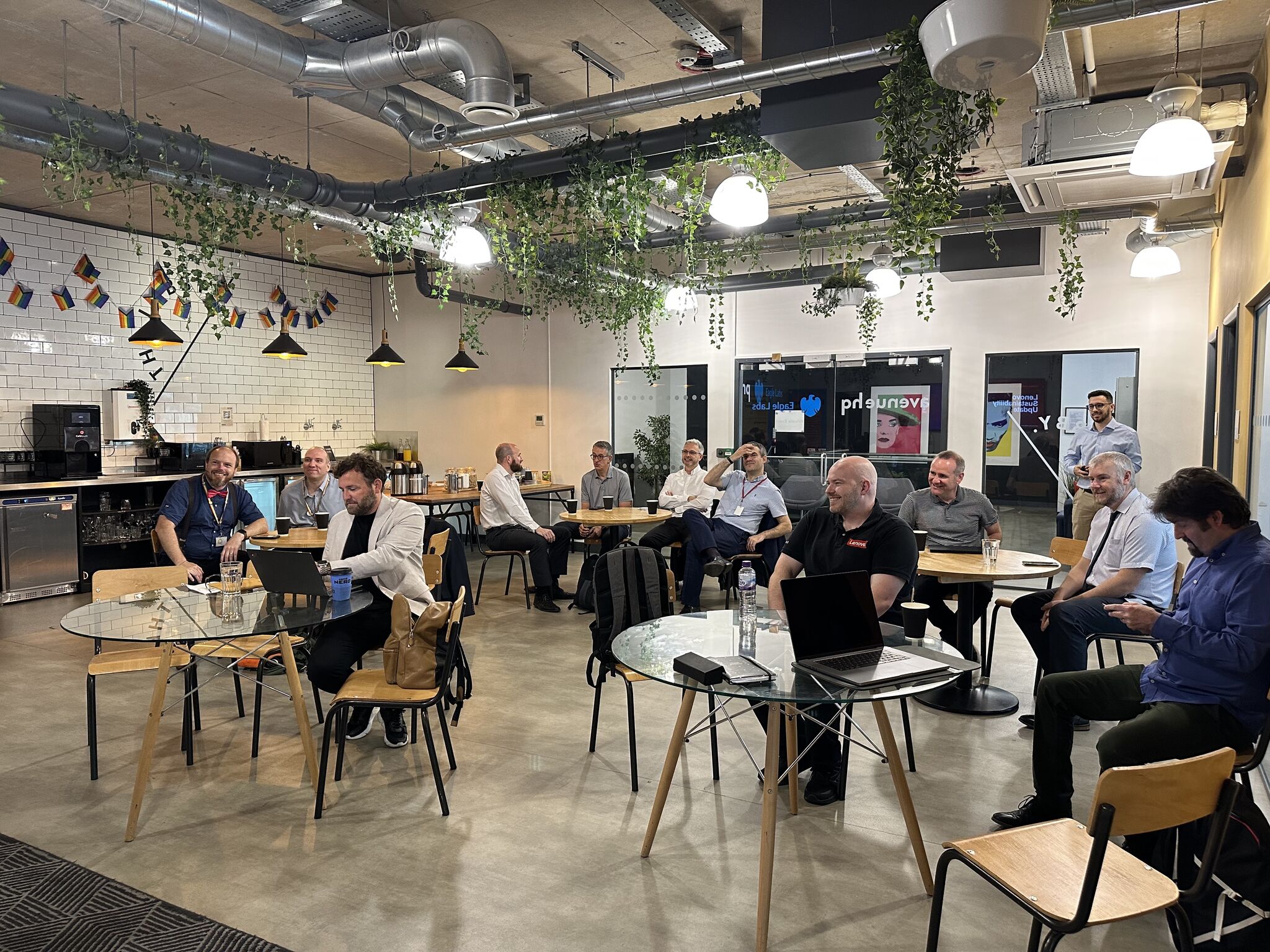

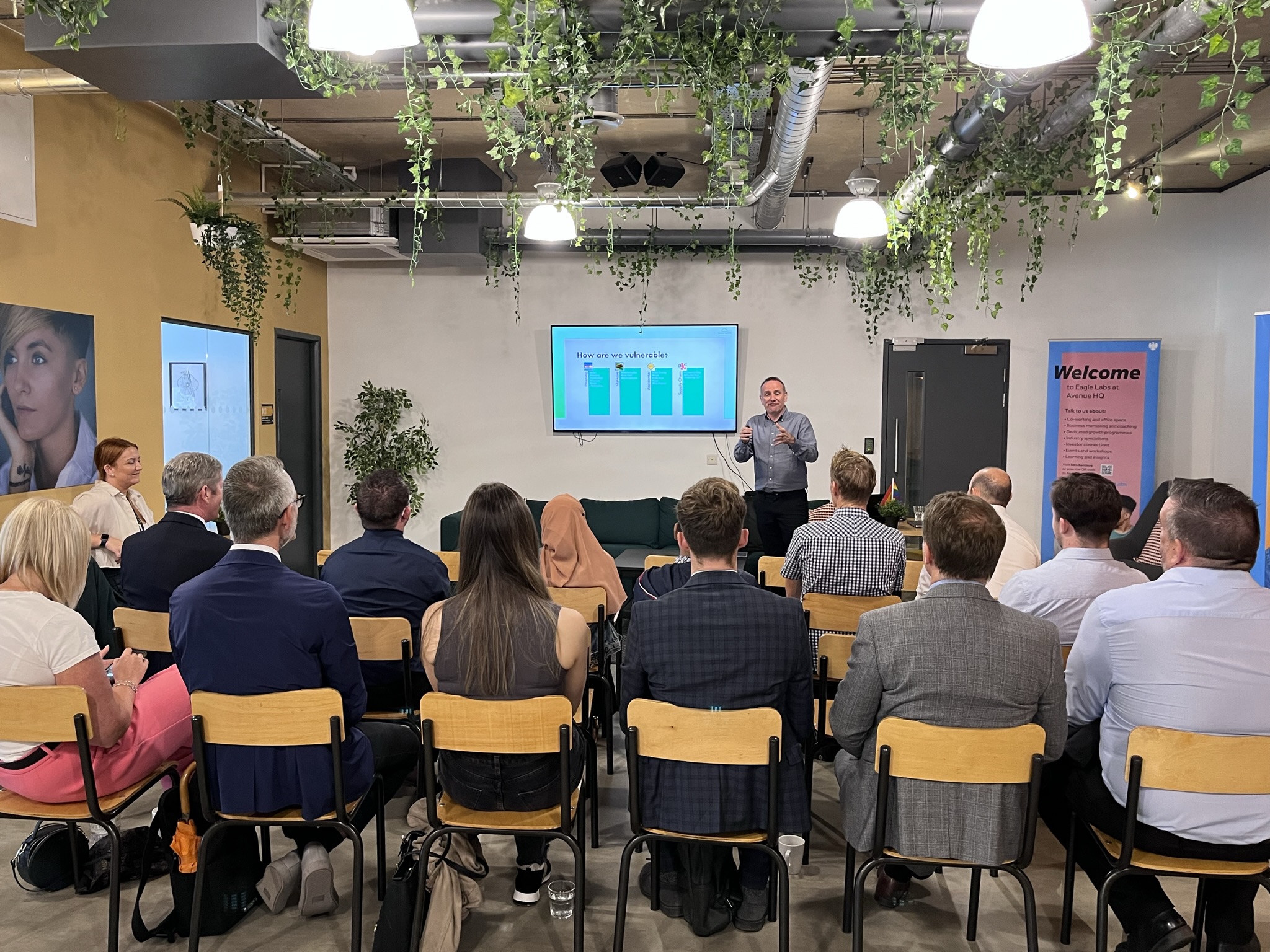
 Many of you would have met Paul during his time at Gardner’s. But for those that haven’t here’s a little about our new CTO. Paul studied Computing at Liverpool John Moore’s University. He got his first IT role at a pharmaceutical company in Liverpool, where he first met the Gardner Systems Team. He joined Gardner’s not long after and has worked across the business, from technical support to systems architect and today as CTO.
Many of you would have met Paul during his time at Gardner’s. But for those that haven’t here’s a little about our new CTO. Paul studied Computing at Liverpool John Moore’s University. He got his first IT role at a pharmaceutical company in Liverpool, where he first met the Gardner Systems Team. He joined Gardner’s not long after and has worked across the business, from technical support to systems architect and today as CTO.
